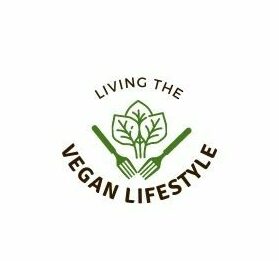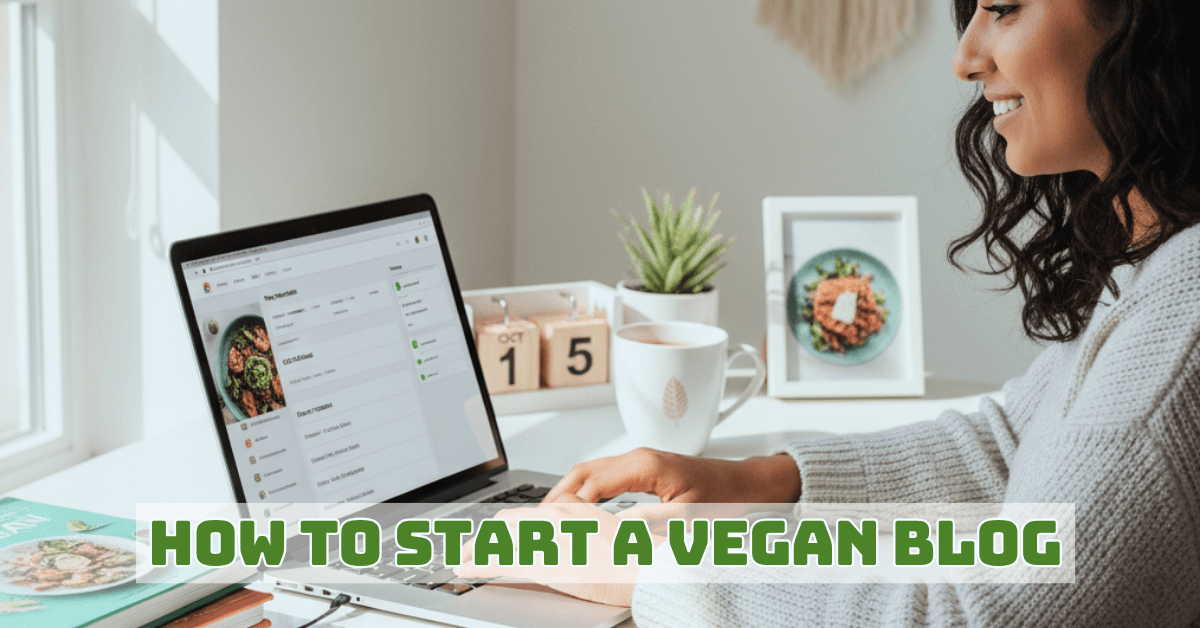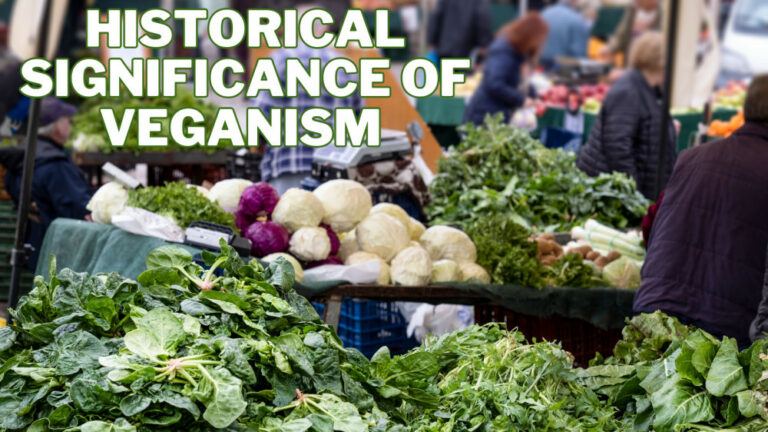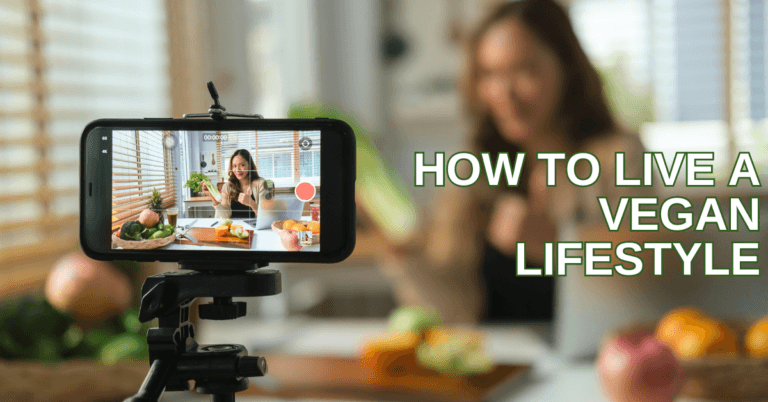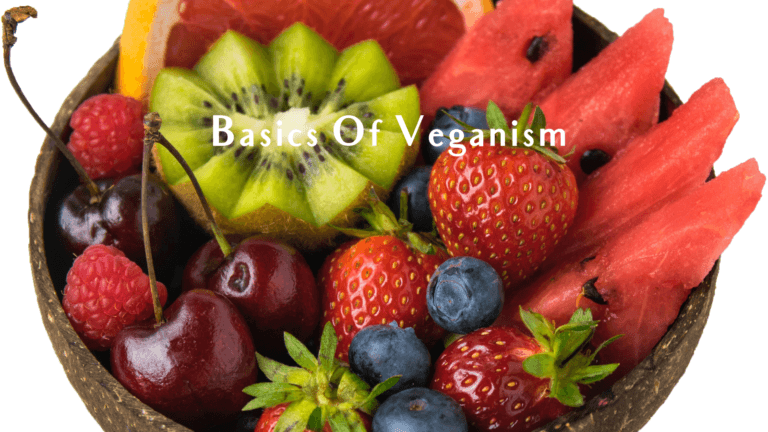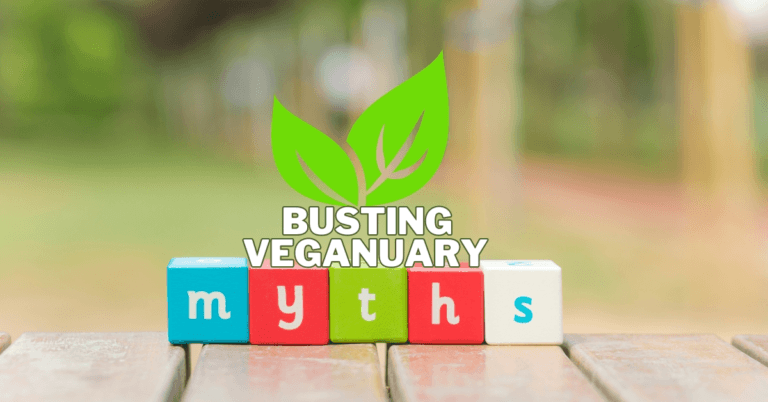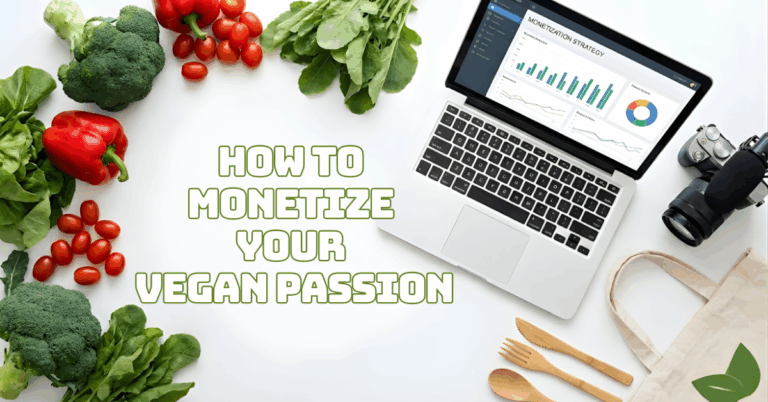How To Start A Vegan Blog
If you’ve ever wondered how to share your plant-based journey with the world, this guide on how to start a vegan blog is perfect for you.
From sharing delicious recipes to lifestyle tips and sustainability insights, a vegan blog helps you connect with like-minded readers.
We’ll cover everything from choosing a platform to creating engaging content so you can launch your vegan blog successfully and confidently.
Why Start A Vegan Blog?
Starting a vegan blog is more than sharing recipes—it’s about inspiring others and building a community. Veganism is growing, and people constantly search online for plant-based meals, lifestyle tips, and ethical guidance.
You can connect with like-minded readers, share your journey, and teach through a blog. It can also create income opportunities through ads, affiliate links, or sponsored content.
By sharing your passion authentically, you help others discover vegan living while establishing yourself as a trusted voice in the growing plant-based community.
How To Start A Vegan Blog
1. Define Your Vegan Blog Niche
Your first step is choosing a niche. A niche narrows your focus so you attract a loyal audience. Do you love cooking? A recipe blog might be your path. Into fitness? Try plant-based nutrition for athletes. Care about travel?
Share vegan dining spots worldwide. To define your niche, list your passions and strengths, then research what others search online—tools like Google Trends or AnswerThePublic help.
Pick something you can write about consistently without losing interest. A focused niche makes you an authority in that area, helping readers trust and follow your content regularly.
2. Pick A Blog Name And Domain
The name of your blog establishes the tone of your brand. Start brainstorming names that are memorable, short, and clearly connected to veganism. Write down words like “plant,” “green,” “vegan,” or “compassion” and combine them creatively.
Once you shortlist names, check domain availability using sites like Namecheap or GoDaddy. Choose a .com domain for professionalism. Keep it simple—avoid hyphens or confusing spellings.
After purchasing your domain, secure matching social media handles so your brand stays consistent everywhere. Remember, your name should be easy to say, easy to type, and reflective of your vegan message.
3. Choose A Blogging Platform
Now you need a place to build your blog. The most popular choice is WordPress.org, known for its flexibility, plugins, and SEO benefits. It gives complete control but requires hosting.
Other options include Wix (easy drag-and-drop), Squarespace (beautiful templates), and Medium (writing-focused but less customizable). If your goal is long-term growth and monetization, go with WordPress.org.
It may take a bit more learning, but it pays off. To decide, ask yourself: Do you want creative freedom, or just a quick way to post content? WordPress.org remains the best option for serious bloggers.
4. Get Hosting And Install WordPress
Hosting is your blog’s home on the internet. Without it, your blog won’t be visible. Start with beginner-friendly providers like Bluehost, SiteGround, or HostGator.
They offer affordable plans and a free domain in many cases. After signing up, most hosts provide a one-click WordPress install, making setup super easy. Once installed, log in to your WordPress dashboard to customize your site.
Don’t overthink at this stage—pick a basic hosting plan and focus on getting online. You can upgrade to faster or larger hosting later when your audience grows and you need more support.
5. Pick A Vegan-Friendly Blog Theme
A theme controls your blog’s design. Choose one that reflects vegan aesthetics: clean, fresh, and welcoming. In WordPress, browse free themes like Astra or OceanWP, both lightweight and customizable.
If you want a premium design, options like Foodie Pro or Divi offer advanced layouts. When choosing, make sure your theme is mobile-friendly, loads quickly, and is easy to navigate.
After installing, customize colours, fonts, and layouts to match your vegan brand. Don’t overcomplicate—start with a simple design that highlights your content, especially recipes or photos, instead of distracting readers with unnecessary clutter.
6. Create Must-Have Pages
Before publishing posts, set up core pages. First, an About Page—share your vegan story and why readers should care. Then, a Contact Page so brands or readers can reach you easily.
If you’re a recipe blogger, create a Recipe Index with categories for quick browsing. Add a Resources Page where you recommend vegan cookbooks, tools, or cruelty-free products.
These pages give your blog structure, build trust, and help with navigation. They also boost SEO since readers spend more time clicking through. Think of these pages as the foundation your content rests on.
7. Start Writing Blog Posts
Content is the heart of your vegan blog. Begin with 5–10 posts before officially launching, so your site feels complete. Post ideas include:
- “Why I Went Vegan,”
- “10 Easy Vegan Recipes for Beginners,” or
- “Vegan Grocery Guide.”
Write in short sentences with a friendly tone. Use subheadings, bullet lists, and personal experiences. Focus on solving problems—like how to make affordable vegan meals or travel vegan-friendly.
Write around 1,000–1,500 words for evergreen content. Don’t stress about perfection; consistency matters more. Each post you publish makes your blog more valuable to readers and search engines.
8. Add High-Quality Photos
Visuals are powerful for vegan blogs, especially food-focused ones. Invest in good photography—your phone camera can work if used well. Shoot in natural light, use simple backgrounds, and keep colours vibrant.
Top-down shots are perfect for recipes. For editing, use free tools like Canva or Lightroom Mobile. If photography isn’t your strength, supplement with free stock photos from Unsplash or Pexels, though original content builds authenticity.
Over time, create a unique photography style so people recognize your brand instantly. A great photo makes readers stop scrolling and engage with your content longer.
9. Learn Basic SEO
SEO (Search Engine Optimization) makes your blog visible on Google. Use free resources such as Ubersuggest to begin your keyword research. Pick keywords like “easy vegan dinners” or “vegan breakfast ideas.”
Add them naturally in your post title, intro, and headings. Optimize images by naming them with keywords and adding alt text. Install an SEO plugin like Yoast or Rank Math to guide you.
Internal linking—adding links to your other posts—keeps readers on your site longer. SEO takes time to show results, but it’s the key to getting steady, free traffic long-term.
10. Grow Your Audience With Social Media
Your blog needs visibility, and social media is the best way to share. Choose platforms where vegan content thrives—Instagram, TikTok, and Pinterest. Post recipe photos, short cooking videos, or quick tips.
Use hashtags like #veganfood or #plantbased to reach more people. Pinterest works exceptionally well for vegan blogs—pin your recipes with eye-catching graphics. Facebook groups can also bring readers.
Don't merely publish content; interact with your readers by leaving comments or participating in conversations. The more consistently you show up, the faster your community grows around your vegan message.

11. Build An Email List
Social media can change, but your email list is yours forever. Start building from day one. Create a freebie like a vegan meal plan, grocery checklist, or recipe eBook.
Use tools like ConvertKit, Mailchimp, or MailerLite to collect emails and send newsletters. Place sign-up forms on your blog homepage, in blog posts, and at the end of recipes.
Send helpful emails weekly—share tips, updates, or exclusive recipes. Over time, your email list becomes your strongest audience connection, allowing you to promote new content, products, or services directly to your readers.
12. Monetize Your Vegan Blog
Once you gain steady traffic, turn passion into profit. Start with ads—Google AdSense is beginner-friendly, while Mediavine requires higher traffic.
Explore affiliate marketing by promoting vegan cookbooks, kitchen tools, or cruelty-free products, earning commission from sales. Brands may pay you for sponsored posts if your audience grows.
You can also sell digital products like recipe eBooks or meal plans. Another option is coaching—offering vegan nutrition or lifestyle guidance.
Begin small and always stay authentic. Don't recommend anything you don't really believe in, since audience trust is more important than quick money.
When I first decided to share my vegan lifestyle online, I wasn’t sure where to start — I just knew I wanted to inspire others to live more compassionately.
That’s when I discovered WA (Wealthy Affiliate) — a supportive platform that teaches everything from website setup and SEO to affiliate marketing and blogging.
It gave me the tools and confidence to build Living the Vegan Lifestyle and turn my passion into a meaningful online presence.
13. Stay Consistent
Consistency is the difference between success and burnout. Set a realistic posting schedule—maybe once a week. Batch-create content if you’re busy.
For example, dedicate one day a month to writing multiple posts and schedule them in advance. Stay active on social media and keep your blog updated.
Don’t get discouraged if growth feels slow—blogging takes time. Track small wins, like your first comment or subscriber. These moments fuel motivation.
Consistency also improves SEO since Google rewards active blogs. Think of blogging like planting seeds—the more you plant, the more your garden grows.
14. Join The Vegan Blogging Community
Blogging can feel lonely unless you connect with others. Join vegan Facebook groups, Instagram communities, or Reddit forums. Comment on other vegan blogs and share supportive feedback.
Consider guest posting on bigger blogs for exposure. Collaboration builds connections, increases traffic, and creates learning opportunities. Networking also makes blogging more enjoyable—you’ll meet people with similar passions.
Reach out to fellow vegan bloggers for recipe swaps, interviews, or joint giveaways. Over time, your blog becomes part of a larger movement, not just a solo project. The vegan community loves collaboration, so dive in!
15. Track Your Progress And Improve
Finally, measure your growth. Use Google Analytics to see which posts attract the most visitors and where traffic comes from. You may monitor your keyword ranks by using Google Search Console.
Pay attention to what works—if your audience loves breakfast recipes, create more of them. Watch how people behave on your site—are they staying or leaving quickly? This data shows what to improve.
Set monthly goals, like publishing four posts or gaining 50 subscribers. Tracking progress keeps you motivated and ensures your blog grows strategically instead of randomly.

Powerful Vegan Blog Niches To Inspire Your Plant-Based Journey
Here are a few strong vegan blog niche ideas you could choose from, depending on your passion and expertise:
1. Vegan Recipes Blog
This niche focuses on easy vegan meals, desserts, and meal-prep ideas. Recipes are highly searched, with terms like “easy vegan recipes” getting 100K+ monthly searches.
Visitors will come through SEO, Pinterest pins, and Instagram Reels showcasing recipes. Monetization comes from ads, affiliate links to kitchen tools, and eBooks.
Since food is an evergreen topic, consistent recipe posts can attract steady traffic, with income potential growing as your blog ranks for high-value keywords like “vegan dinner recipes” or “vegan desserts.”
2. Vegan Fitness & Nutrition Blog
Target health-conscious readers and athletes seeking plant-based diets. Cover protein sources, meal plans, and workout recovery foods. Keywords like “vegan protein sources” and “vegan meal plan” receive 20K–60K monthly searches.
Potential visitors arrive via Google searches and YouTube tutorials. Income opportunities include affiliate sales of supplements, workout gear, and eBooks. Sponsored posts with fitness brands are common in this space.
With rising plant-based fitness interest, this niche offers consistent growth and profitable collaboration opportunities with nutrition brands and vegan product companies.
3. Vegan Travel Blog
This niche covers vegan-friendly travel destinations, restaurant reviews, and guides to eating vegan abroad. Keywords like “vegan restaurants near me” and “vegan travel guide” attract 10K–50K monthly searches.
Visitors come through SEO, social shares, and Google Maps tie-ins. Monetization options include affiliate links to travel booking sites, sponsored hotel stays, and ads.
As vegan tourism grows, readers search for help navigating food abroad. A travel blog stands out by combining food and adventure, creating strong income opportunities through partnerships.
4. Vegan Lifestyle Blog
Focuses on cruelty-free beauty, sustainable living, eco-friendly swaps, and daily vegan life tips. Topics like “cruelty-free skincare” and “eco-friendly products” attract 15K–40K monthly searches.
Visitors come from SEO and Pinterest lifestyle boards. Income streams include affiliate sales for beauty and lifestyle products, sponsored posts with vegan brands, and ads.
As more consumers care about ethical shopping, lifestyle blogs rank well on search engines and build loyal audiences. This niche also allows collaborations with conscious brands for long-term partnerships.
5. Vegan Parenting Blog
This niche helps parents raise kids on a plant-based diet, covering lunchbox ideas, family recipes, and health tips. Searches like “vegan kids lunch” or “plant-based family meals” get 5K–20K monthly searches.
Parents are active on Pinterest and Facebook, making those platforms ideal for traffic. Earning potential comes from ads, family meal-plan eBooks, affiliate sales of children’s nutrition products, and sponsored posts with kid-friendly vegan brands. Since parenting is evergreen, this niche attracts loyal, returning readers who need ongoing guidance.
6. Budget Vegan Blog
A budget-focused blog shares cheap vegan meals, grocery shopping tips, and money-saving guides. Terms like “cheap vegan meals” and “vegan on a budget” receive 15K–30K monthly searches.
Visitors find you via SEO, YouTube tutorials, and TikTok meal hacks. Earnings come from ads, eBooks with budget meal plans, and affiliate links to pantry staples or kitchen tools.
Since affordability appeals to a broad audience, this niche can bring high, consistent traffic while positioning you as a practical, money-saving resource.
7. Vegan Activism Blog
Covers animal rights issues, ethical living, vegan news, and advocacy resources. Keywords like “why go vegan” and “vegan lifestyle benefits” get 10K–25K monthly searches.
Visitors will come through SEO, social shares, and activism communities. Monetization is less ad-heavy but includes donations, ethical product partnerships, and sponsored nonprofit collaborations.
This niche builds strong authority by inspiring conscious living and community action. Though earnings may be lower compared to recipe blogs, it can generate meaningful engagement and establish a respected brand presence.

FAQs
1. Do I Need Technical Skills To Start A Vegan Blog?
No, you don’t need advanced technical skills. Platforms like WordPress, Wix, or Squarespace make it easy to create a blog with drag-and-drop editors. Basic knowledge of uploading images and formatting posts is enough to get started.
2. How Much Does It Cost To Start A Vegan Blog?
Costs vary depending on hosting and design. Domain names cost around $10–15/year, hosting $3–10/month, and premium themes $20–60 one-time. You can start small and upgrade later as your blog grows.
3. How Can I Attract Readers To My Vegan Blog?
SEO-friendly content, social media promotion, email newsletters, and collaborations with other bloggers are effective ways. Over time, you can develop a following of devoted readers by posting frequently and interacting with your audience.
4. How Often Should I Post On My Vegan Blog?
Consistency matters more than frequency. Posting 1–3 times per week is ideal for growth, while maintaining quality. You may retain organization by using a content calendar.
5. Can I Start A Vegan Blog For Free?
Yes, platforms like WordPress.com or Blogger allow free blogs. However, self-hosted blogs with your own domain appear more professional and offer better monetization opportunities.
6. How Do I Come Up With Blog Post Ideas?
Check trending vegan topics, solve common problems, answer questions your audience searches for, or share your personal journey. Tools like Google Trends and Pinterest can help spark ideas.
7. How Long Does It Take For A Vegan Blog To Grow?
Growth depends on consistency, content quality, and promotion. Many bloggers see noticeable traffic after 6–12 months, but patience and persistence are key.
Conclusion
Starting a vegan blog is about more than sharing recipes — it’s about inspiring others and building a compassionate community rooted in kindness and awareness.
WA is a supportive platform that teaches everything you need to start and grow your online presence — from website setup and SEO to affiliate marketing and blogging.
You can start your journey today with free website building, hosting, keyword research tools, and step-by-step training — all within a welcoming community that truly helps you succeed.
By sharing your vegan journey authentically and using WA’s tools, you can grow your audience, build authority, and create a sustainable income around your passion for compassionate living.
I trust you enjoyed this article on How To Start A Vegan Blog.
Please stay tuned for more plant-based recipes, vegan travel tips, and lifestyle inspiration. 🌱
Take care!
— JeannetteZ
💬 Your Opinion Is Important To Me
Do you have thoughts, ideas, or questions? I’d love to hear from you. Please leave your comments below or email me directly at Jeannette@LivingTheVeganLifestyle.org.
📚 More Vegan Lifestyle Reads
Disclosure
This post may contain affiliate links. As an Amazon Associate and participant in other affiliate programs, I earn from qualifying purchases at no extra cost to you. Please read my full affiliate disclosure.
